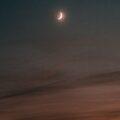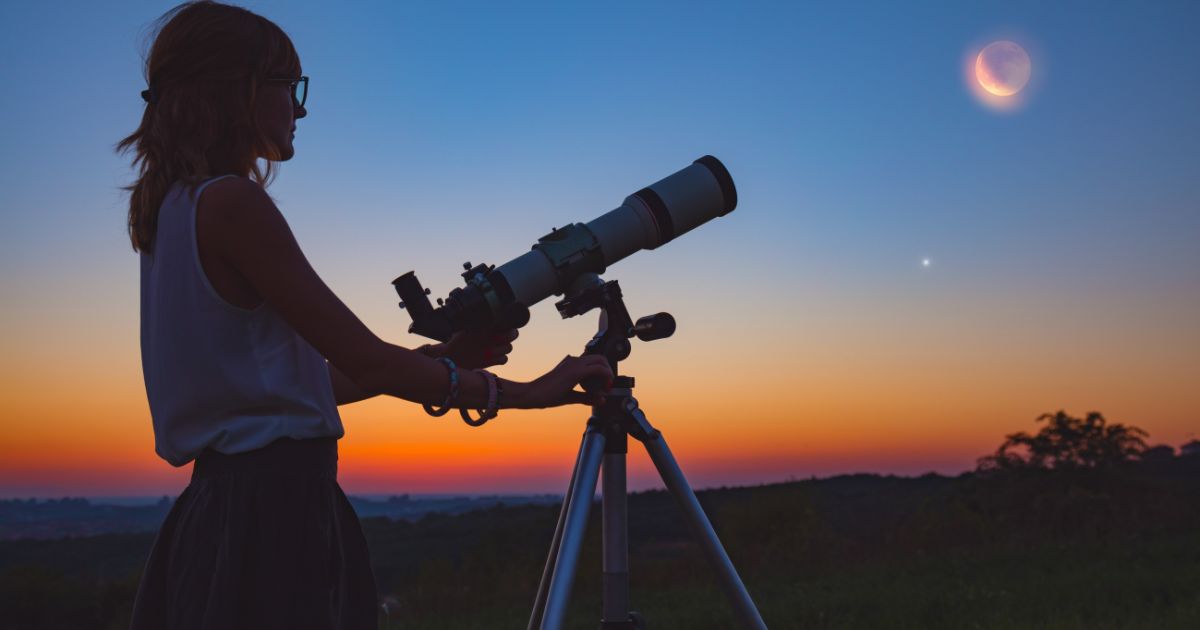The last of the winter stars are disappearing below the western horizon, but the summer constellations are appearing higher in the east. There is a trade-off, however. The sky does not get dark until later in the evening, making astronomy a weekend activity for those with daytime jobs.
Instead of taking a last look at your smartphone or computer screen, step outside and rest your retinas on the night sky.
Celestial objects look better high in the sky, but those closer to the horizon are easier on your neck. So take advantage of the relatively low summer sights during your late-evening walkabout. You should avoid the lit urban streets and find a natural neighbourhood park. Even with the artificial urban sky glow, you will be able to identify the major constellations and brighter stars. With binoculars, you may also get a glimpse of fainter celestial sights. You don’t need to buy a star map—try finding one online.
NOTABLE EVENTS DATE
Jun 1 Summer Triangle above eastern horizon at 10 p.m.
Jun 2 Last-quarter moon
Jun 10 New moon
Jun 13 Bootes (Arcturus) on meridian at 10 p.m.; Venus in Gemini
Jun 17 First-quarter moon
Jun 20 Summer solstice at 11:32
Jun 21 Sun enters Gemini
Jun 22 Libra (Zubenelgenubi) on meridian at 10 p.m.
Jun 23 Mars in front of Beehive star cluster (Cancer)
Jun 24 Full moon





One of Canada’s foremost writers and educators on astronomical topics, the Almanac has benefited from Robert’s expertise since its inception. Robert is passionate about reducing light pollution and promoting science literacy. He has been an astronomy instructor for our astronauts and he ensures that our section on sunrise and sunset, stargazing, and celestial events is so detailed and extensive it is almost like its own almanac.













